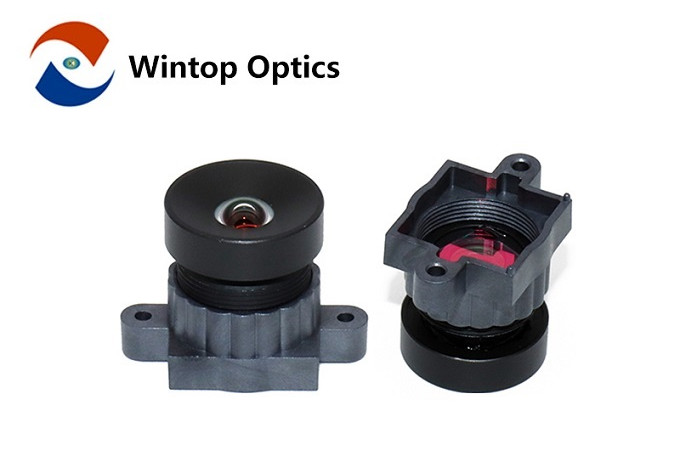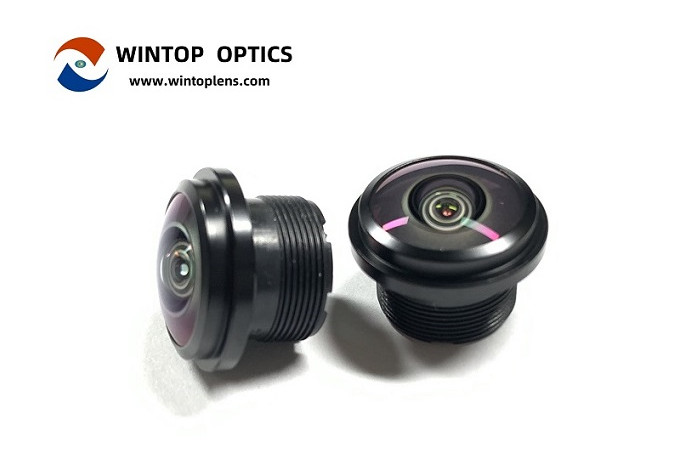How to Ensure Low Distortion While Maintaining a Wide Angle of the Lens
Apr 18, 2024
In the realm of photography, wide-angle lenses open up a world of possibilities, allowing photographers to capture expansive landscapes, immersive cityscapes, and dynamic interiors. However, achieving a wide field of view without sacrificing image quality can be a daunting task. Distortion, in the form of barrel distortion or pincushion distortion, often plagues wide-angle lenses, distorting straight lines and altering the perspective of subjects within the frame. In this guide, we'll explore the techniques and considerations necessary to ensure low distortion while maintaining a wide angle of the lens.
Understanding Distortion in Lenses
Distortion occurs when light rays passing through a lens are not perfectly refracted, resulting in a warped representation of the scene. Barrel distortion causes straight lines to appear curved outward, while pincushion distortion bends lines inward. To combat these optical aberrations, lens designers employ various strategies and technologies.
Optical Design Techniques for Low Distortion
Aspheric Lens Elements: Aspheric lens elements are designed to counteract spherical aberration, a common source of distortion in wide-angle lenses. By incorporating these specialized elements into the lens design, manufacturers can achieve sharper, more accurate images across the frame.
Lens Coatings: Advanced lens coatings, such as multi-layer anti-reflective coatings, help minimize flare and ghosting, which can contribute to distortion, particularly in high-contrast scenes. These coatings improve light transmission and enhance image contrast and clarity.
Optical Formula Optimization: The optical formula of a lens plays a crucial role in determining its performance characteristics. By carefully arranging lens elements and optimizing their properties, designers can achieve a balance between wide-angle coverage and distortion control.
Specialized Lens Types for Wide-Angle Photography
Wide-Angle Fisheye Lenses: Fisheye lenses offer an extreme wide-angle perspective, often covering angles of view up to 180 degrees or even 360 degrees. While traditional fisheye lenses exhibit significant distortion for artistic effect, modern designs aim to minimize distortion while retaining the expansive field of view.
Non Distortion Lenses: Some lenses are specifically engineered to maintain geometric accuracy and rectilinear projection, minimizing distortion for applications where precise perspective is essential, such as architectural photography or virtual tours.
Advanced Manufacturing and Calibration
Manufacturers employ advanced manufacturing techniques and rigorous quality control measures to ensure each lens meets strict performance standards. Calibration processes fine-tune the optical alignment and characteristics of lenses, minimizing aberrations and maximizing image sharpness.
Post-Processing Solutions for Distortion Correction
In cases where minimal distortion is paramount, post-processing software offers powerful tools for correcting high resolution low distortion lenses aberrations. Distortion correction algorithms can analyze image data and apply corrective adjustments to restore geometric accuracy and ensure high resolution results.
Achieving low distortion while maintaining a wide angle of the lens is a testament to the advancements in optical engineering and manufacturing. By leveraging innovative design techniques, specialized lens types, and meticulous quality control processes, photographers can capture expansive scenes with exceptional clarity, fidelity, and minimal distortion. Whether you're exploring vast landscapes, documenting architectural marvels, or immersing viewers in 360-degree panoramas, investing in a high-quality, low-distortion lens is essential for realizing your creative vision with uncompromising precision and detail.

